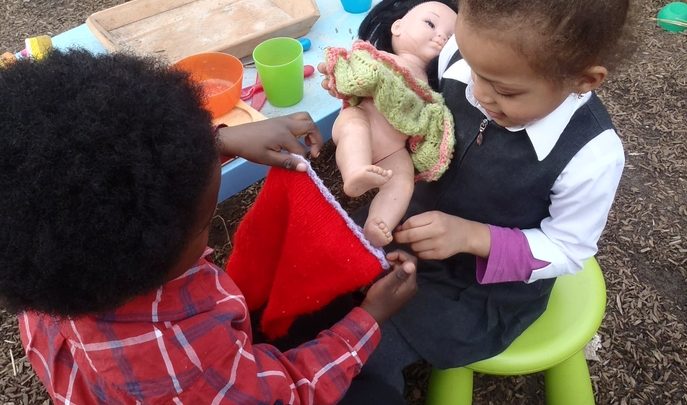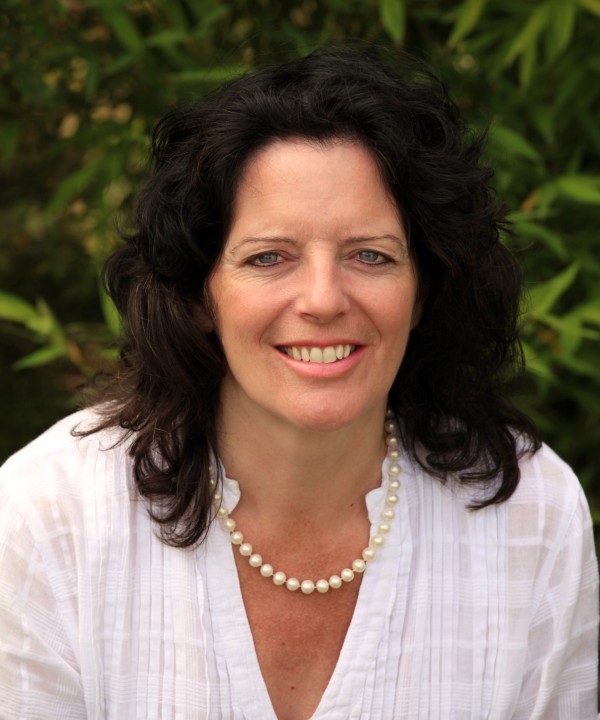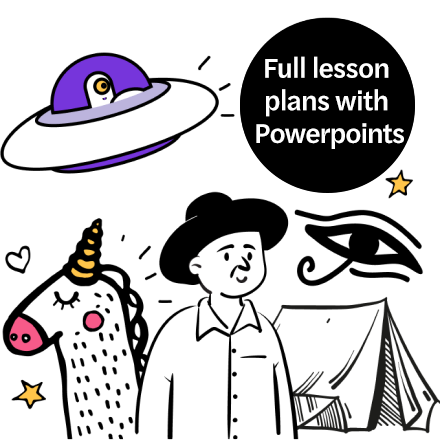Inspiring Talk – How To Get Early Learners Speaking Out Loud

How do outstanding settings encourage every child to speak? Anna Ephgrave shares the practice of Carterhatch Infant School…

- by Anna Ephgrave
- Early years consultant, author and former assistant headteacher Visit website

“Can you help me? I can’t get these trousers on my doll.”
“Okay, I’ll hold them and you put her legs in.”
This snippet of conversation is evidence of the outstanding personal and social skills that the children involved have developed. It also shows how they are skilled at using talk to communicate effectively, but the two areas are very closely linked.
Indeed, all areas of development are dependent on good personal and social skills – the ‘can do’ attitude that allows children to take risks and learn. Once this is established, children will be in a state of mind where new learning is possible and desired.
Here, I want to look at how ‘talk’ in particular is encouraged and supported at Carterhatch Infant School.
Relaxed and confident children
The first point to make is that we assume that all children want to communicate. With this in mind, we then work to do everything we can to facilitate and support this desire. Our priority, when they come to school, is to ensure their wellbeing. Stress is a huge barrier to learning; we need children who are relaxed and confident, as it’s in this state that they’re open to the experiences on offer. But even with good wellbeing, children still need something to talk about! A major part of the practitioner’s role is to provide an environment and a range of experiences that entice the children to talk. The aim is to get every child deeply involved in something. The environment therefore needs to offer a wide variety of open-ended resources, accessible to all children, that can be used in numerous different ways – blocks being a great example.
Outdoor provision is particularly important for supporting talk. Not only are there exciting things outside, but there’s also space and the possibility of not being heard – which for some children is very important. They want to talk, but might not want adults listening.
Outside, they can build a den, enter a tent or hide in the bushes for a ‘private’ chat with their friends. Many more ‘risky’ (and therefore appealing) experiences are outside – woodwork, rope swings, climbing equipment – and these often evoke lots of excited talk, as children discuss the challenges and problems that they bring. Animals, being a first-hand experience that many of the children won’t have at home, also provoke talk.
How to interact
Each week at Carterhatch a few children take a camera home, and the photos that they take inspire them to talk. They love looking at pictures of themselves and their families, and telling friends and staff about them. There are many other activities that can also inspire talk – trips into the local area, cooking and story scribing, all of which happen almost daily at Carterhatch.
Our timetable and staff organisation ensure that adults are free to interact with children throughout the day. Time that children spend playing is time when they’re learning, and the time when the adults are teaching – and that’s all day, every day.
The adults’ main role is to interact with the children and move their learning on. A large proportion of these interactions involve teaching children to communicate and talk. We plan in the moment, so that as many opportunities as possible are spotted and exploited to develop language.
In order to ensure the best quality of interactions there are a few principles that we follow:
• Go to the children Our children pursue their own interests and become deeply involved in their play. It’s critical that the adults go to where the children are engaged and interested, because it’s in this state that they’re far more likely to have something they want to talk about.
• Watch and wait Waiting is very difficult for practitioners, but it’s key when trying to promote language development. Let the children initiate the conversation and it’s far more likely to flow.
• Gain their trust Children are experts at ‘reading’ adults, and need to know that the adults like and are genuinely interested in them as individuals. Without this trust, any learning will falter.
Teachable moments
Once our staff spot a teachable moment when they can enhance language development they will employ numerous strategies to support speech. They reflect back what the child has said (having waited for the child to speak first)! to ensure they have understood correctly.
For example, Zara might say, “Baby eat” – to which the adult will respond “The baby is eating?” This response from the adult includes scaffolding and modelling – adding extra words to the phrase and demonstrating correct sentence structure. In this case, because the child is at an early stage of development in spoken English, the adult would have accompanied the verbal response with the use of Makaton, which we introduce to all children. The response is also tailored to the unique child; the adults need to know the children very well in order to ensure their responses are appropriate. In this case, the adult knew that Zara was sometimes using the article ‘the’, and so reminded her of this while also introducing the verb ‘is’ as new learning.
For another child in the class, the adult response might well have been different, because she would have assessed and responded according to her knowledge of that child.
Reflecting back
Our staff avoid too many questions (which can be stressful for children), but do a lot of pondering. For example, Jaden might say, “Look! The baby is stuck!” The adult would respond with, “Oh she is stuck so high up. I wonder how we can get her down?”
The response here has involved reflecting back, scaffolding, modelling and pondering, all tailored to this particular child. In this way, the adult invites, but does not demand further communication. For a child who is more reticent to speak, the adults will sometimes commentate as the child plays. They might say, “Oh you’ve made five sausages to fry in the pan… Oh you’ve made another one – now you have six. I think that one’s the longest.” The child will be hearing the language and might then use it later when the adult is not there. Sometimes the interaction will involve direct teaching. For example, Arda says, “I want this,” pointing to the nail in another child’s woodwork model.
The adult responds, “This is called a ‘nail’. Can you say that? ‘Nail.’”
Arda may then respond, “Nail. I want a nail.” The adult uses the Makaton sign for ‘please’ to prompt Arda, and then says “I want a nail, please.” The adult shows him where the nails are stored, and he then gets on with his model. It should be further noted these same strategies can be used in numerous interactions to support the children in communicating with each other.
Anna Ephgrave is assistant headteacher for early years at Carterhatch Infant School; for more information, visit www.carterhatchinfants.com










